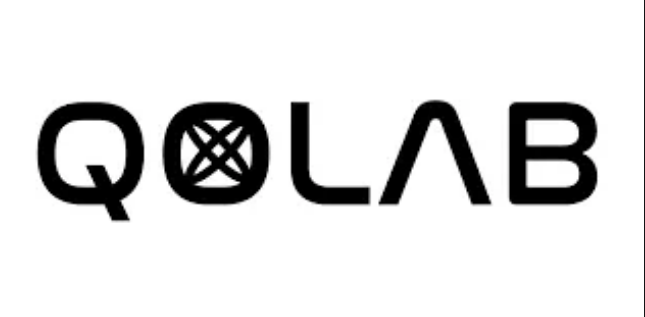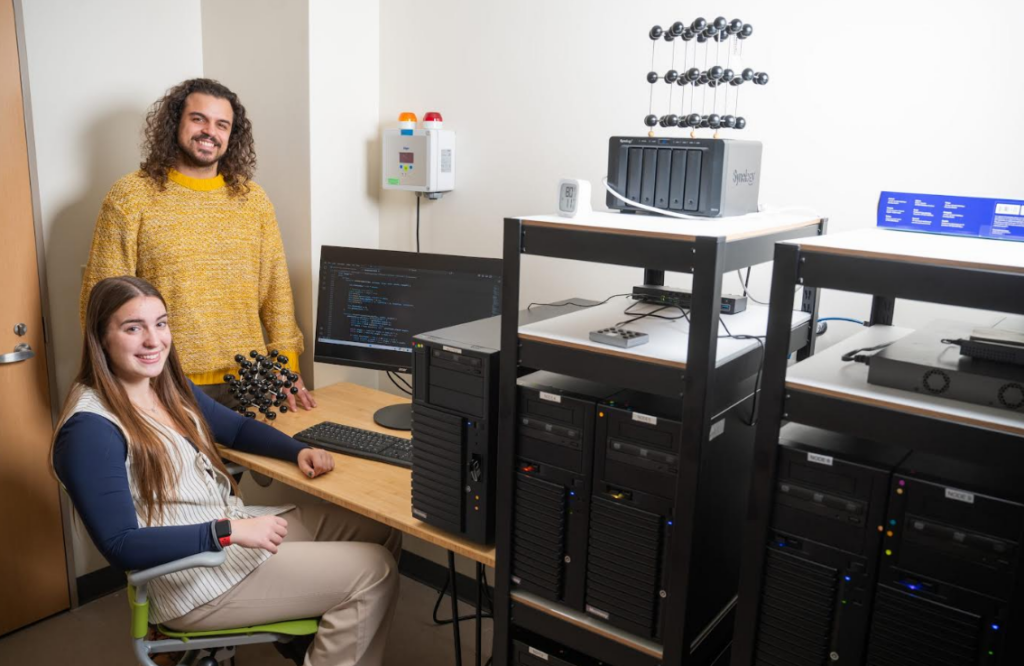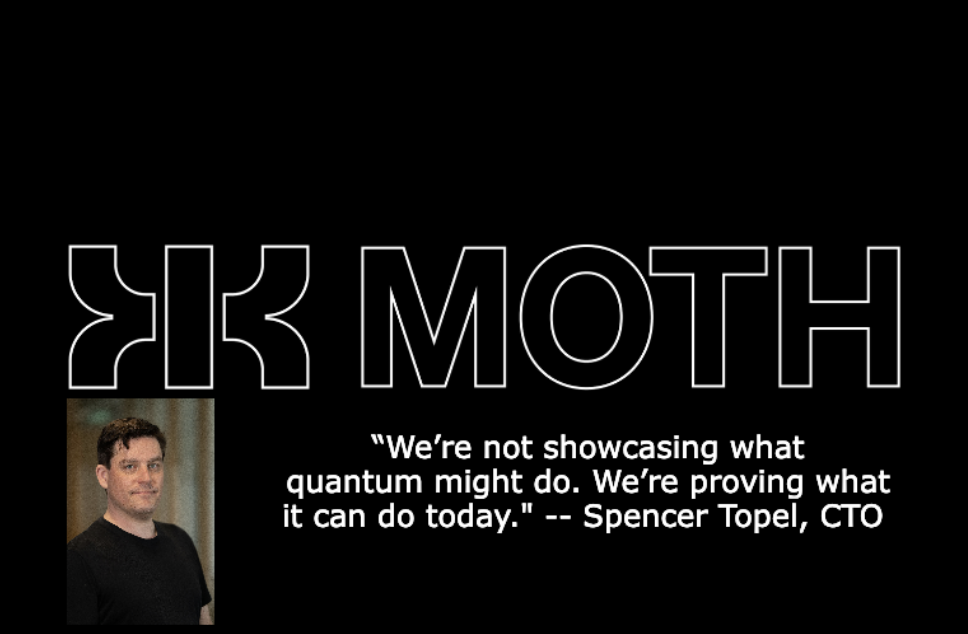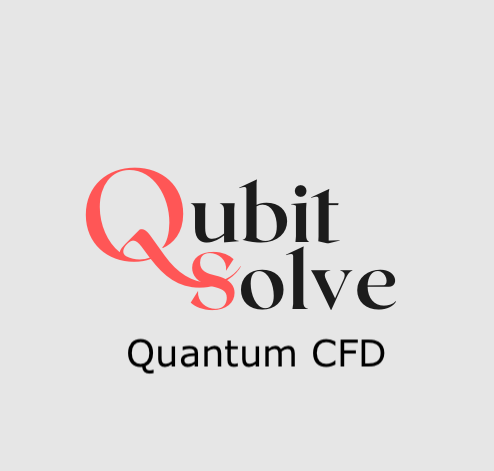Insider Brief
- Amazon Web Services has added “program sets” to its Braket quantum service, allowing up to 100 circuits to run in one task and cutting execution times by as much as 24x.
- The feature reduces per-task overhead, lowers costs by applying fees once per batch instead of per circuit, and minimizes hardware drift during long experiments.
- Program sets are available now on select Rigetti and IQM quantum processors and the Braket local simulator, with plans to expand to more devices.
Amazon Web Services has introduced a new capability for its Braket quantum computing service that it says can cut run times by as much as 24-fold for some workloads, potentially lowering costs and producing more consistent results.
The feature, called “program sets,” allows researchers to package as many as 100 quantum circuits — or variations of a single circuit — into one task, according to an AWS blog post. Previously, each circuit was submitted separately, adding setup delays between runs and stretching experiments into hours. By bundling them, Braket reduces the downtime between executions, which AWS says helps keep quantum devices stable during long jobs.
Quantum circuits are the basic building blocks for algorithms on quantum computers. In tasks such as simulating molecules, building statistical models known as classical shadows, or training quantum machine learning systems, researchers often need to run hundreds of these circuits with slight variations. When submitted individually, each job incurs a fixed processing overhead. Over many runs, those delays accumulate, slowing the work and increasing costs.

The AWS team writes that the new method streamlines this process. Once a set is submitted, Braket’s back end compiles and runs all the circuits in rapid sequence on a quantum processing unit, or QPU. This tighter scheduling can shrink execution times to a fraction of previous levels, particularly for applications like the variational quantum eigensolver — a tool for estimating the energy states of molecules — or parameter sweeps in machine learning models.
The company also points to cost benefits, adding that Braket charges a per-task fee plus a per-shot fee for each measurement, or “shot,” taken during a run. Under the old system, each circuit carried its own task fee. With program sets, the fee applies once to the whole batch, reducing per-circuit overhead. For example, AWS estimates that running 100 circuits with 1,000 shots each on its Ankaa-3 superconducting processor could be 25% cheaper when submitted as a program set.
The feature is available now on Rigetti superconducting devices in the US West (Northern California) region, on IQM hardware in the Europe (Stockholm) region, and on Braket’s local simulator. AWS says it plans to expand support to more devices and simulators in the future.
For researchers, the change could mean faster iteration and lower barriers to experimenting with larger workloads. By keeping the time between circuit runs short, program sets also reduce the risk of “device drift,” which is gradual changes in the performance of quantum hardware that can distort results over long experiments.
Getting started requires only minor adjustments for existing Braket users. Program sets are supported in the Braket Python SDK and API through a new ProgramSet class, which lets users define the list of circuits, parameters, and measurement settings in one object. Results from all circuits are returned together for easier analysis.
To learn more about Amazon Braket program sets, visit the Amazon Braket Developer Guide. You can also explore the ProgramSet example notebooks and check out the updated Amazon Braket Management Console.


















